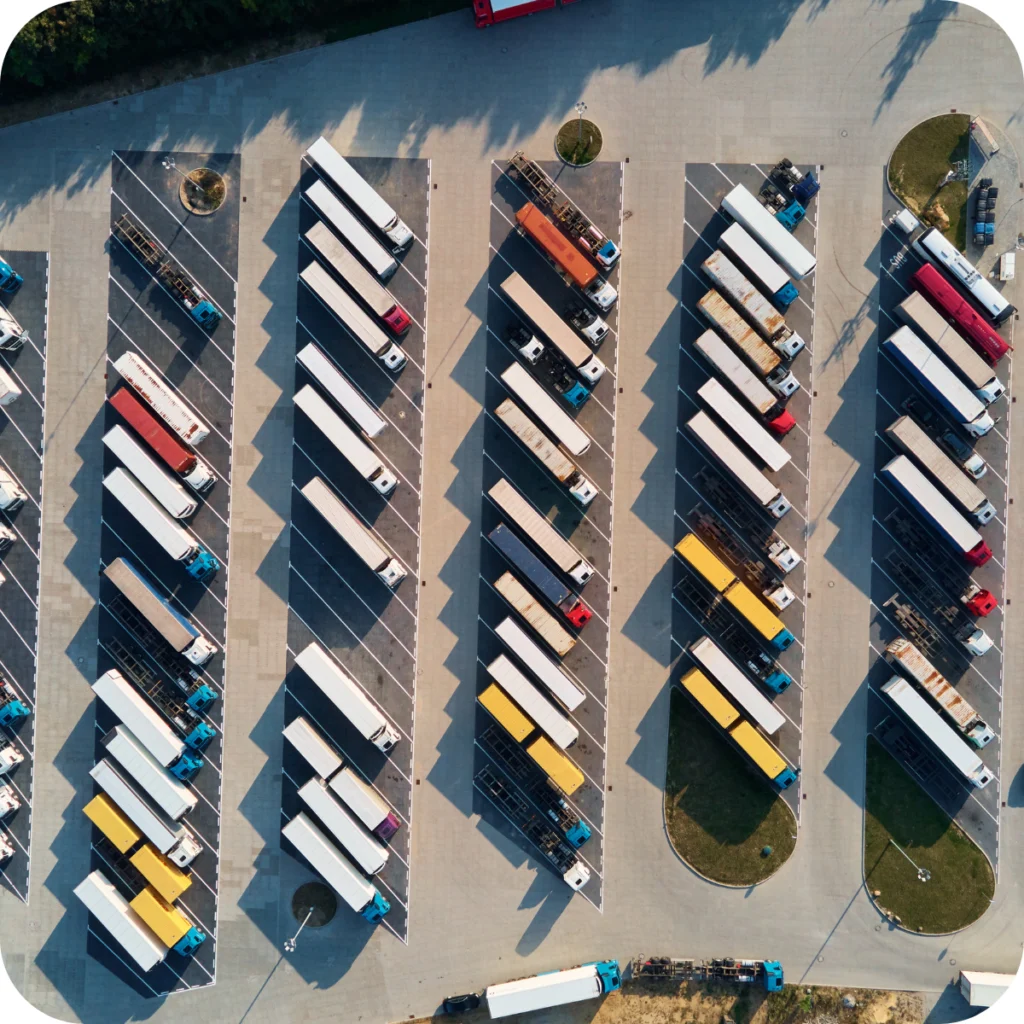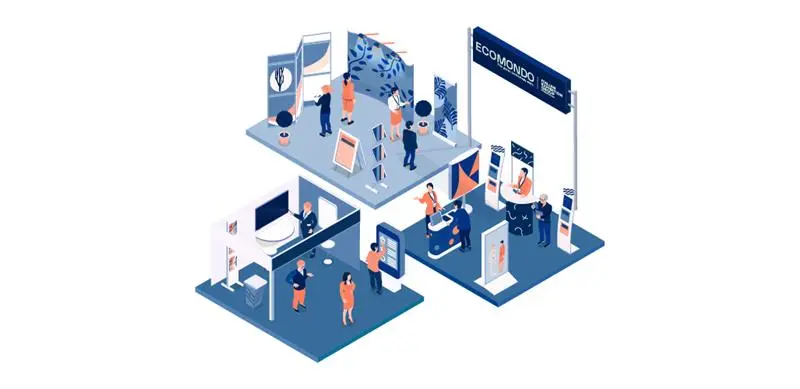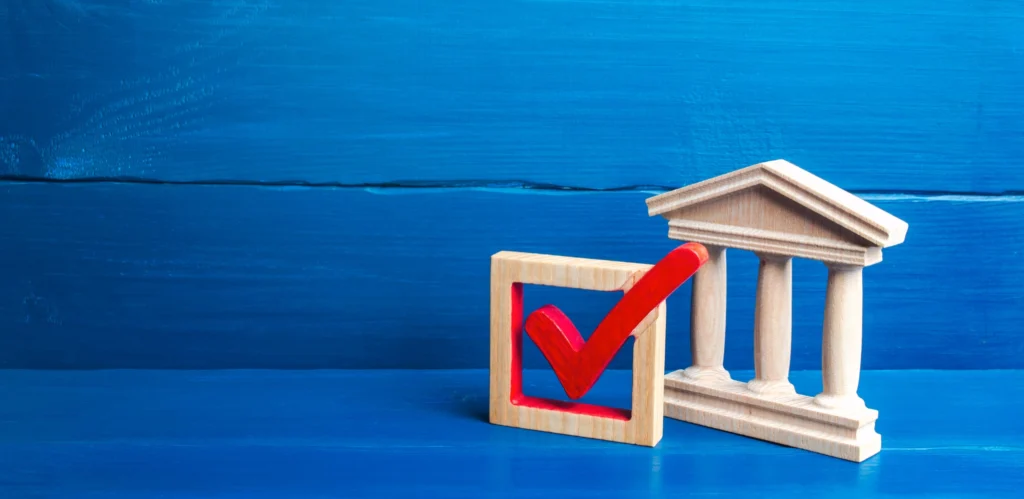Every pause holds an opportunity.
August is the month when the pace of production slows down, giving companies a chance to look at their supply chain with greater clarity. It's the right time to ask whether the decisions made so far are truly sustainable and whether the supply chain is ready to meet the ESG challenges coming up from September onward.
Looking at the supply chain from this perspective doesn't mean starting from scratch, it means restarting with awareness, weaving operational goals together with environmental, social, and governance criteria into a unified strategic path.
The Time of (Useful) Pause
Some moments of the year aren't made for doing, but for rethinking. August is one of them.
In Italy’s industrial and productive landscape—slower in August—this month offers, for those who know how to use it, a quiet space for reorientation. A useful time, not for action, but to better observe the connections between what has been done so far and what, quite inevitably, must be done starting in September.
Within this strategic pause, one topic deserves special focus: the relationship between the supply chain and ESG strategies. This is where much of a company's future resilience is being decided today.

The End of an Illusion: Supply Chain and ESG Are No Longer Separate Domains
For years, sustainability and the supply chain were treated as parallel dimensions, managed by separate units and assessed with different metrics. That model is no longer sustainable.
Today, every single link in the chain can be either a positioning opportunity or a reputational risk. New European directives — from the Corporate Sustainability Due Diligence Directive to the CSRD — leave little room for interpretation: supply chain management is now a central node of ESG strategy.
But even before regulations and metrics, the context has changed: unstable, interconnected, and increasingly sensitive to the indirect consequences of business decisions. In this scenario, pausing to ask the right questions can be more valuable than any hectic activity.
Do we really know our suppliers?
This isn’t about compiling a list or requesting a one-time self-declaration.
Truly knowing your supply chain means having structured, verifiable, and up-to-date information on the actions of suppliers — not just tier-one — regarding:
- Direct and indirect environmental impacts
- Working conditions and human rights
- Risks related to geographic origin
- Compliance with international standards and internal policies
In other words: how transparent is the supply chain we've built over the years?
And if someone asked us today — an authority, a strategic client, or the market itself — could we provide a complete, documented, and coherent response?
Companies that can already answer "yes," even partially, are ahead of the game.
Is our supply chain designed to last, or just to perform?
There’s a fundamental difference between an efficient chain and a resilient one.
For years, hyper-optimization was rewarded: just-in-time, cost reduction, standardization.
But in a world where bottlenecks can appear without warning—from trade wars to climate disasters—efficiency alone is no longer enough.
The question today is more complex: can our supply chain withstand shocks?
This means reflecting on:
- Geographic concentration and country-specific risk
- Dependence on single or non-substitutable suppliers
- Existence (or not) of business continuity plans
- Ability to adapt to new regulatory or market demands
A resilient supply chain is not an extra cost: it’s a safeguard for competitive survival.
And it's an advantage that’s built over time, starting with thoughtful decisions in seemingly ordinary contexts.
Is Sustainability a Narrative or an Operational Criterion?
The most ESG-mature companies share a distinctive trait:
sustainability is not a back-cover story, it’s a managerial dimension that guides decisions.
In the context of the supply chain, this translates into:
- ESG criteria in tenders and supplier contracts
- Internal training and knowledge-sharing across the chain
- Concrete, verifiable monitoring indicators
- Integration of ESG data into decision-making processes, not just reports
This is where sustainability stops being an obligation and becomes a strategic lever.
And only then does it generate real impact: environmental, reputational, operational.
Pause as a Strategic Lever
Taking a few days to reflect on these three questions is not wasted time: it’s an investment.
In September, everyone restarts. But not everyone starts from the same point.
Those who used August to make room for questions (instead of filling it with leftover urgencies) reach the restart with a clearer direction, less tied to past inertia.
The supply chain is not a mechanism to be merely managed. It’s a living network of relationships, impacts, and possibilities..
And like any network, it can be rethought, reinforced, and transformed.
September always comes. What makes the difference is what we decide silently in August.
Toward an Integrated and Aware Supply Chain
Our work is to support companies on this journey.
We help businesses and industrial groups evaluate ESG performance across their supply chain,assess sustainability risks, and define coherent operational criteria, also in line with CSRD and CSDDD.
If you're wondering where to start, or how to strengthen what you've already begun, we're here to help.



